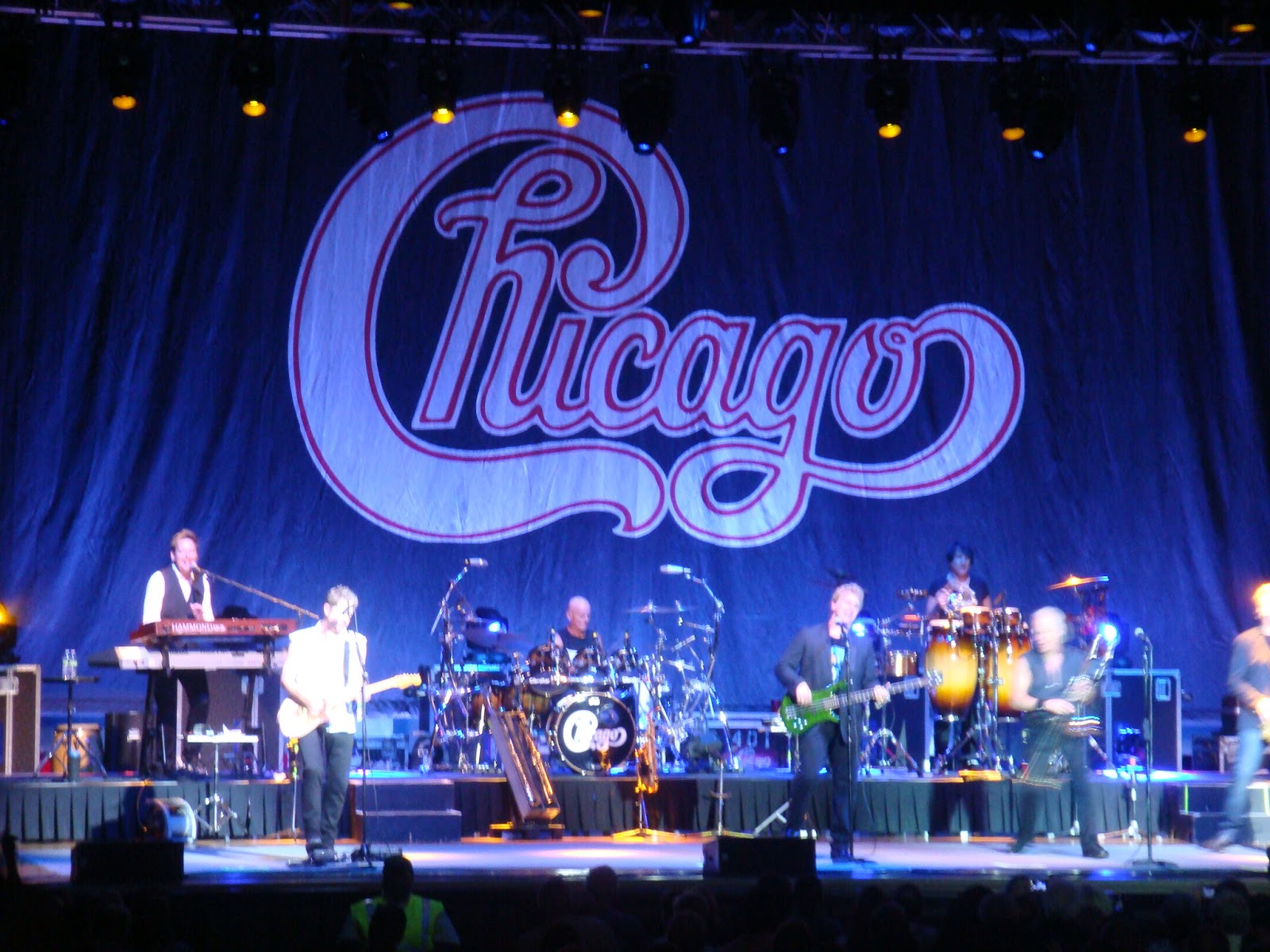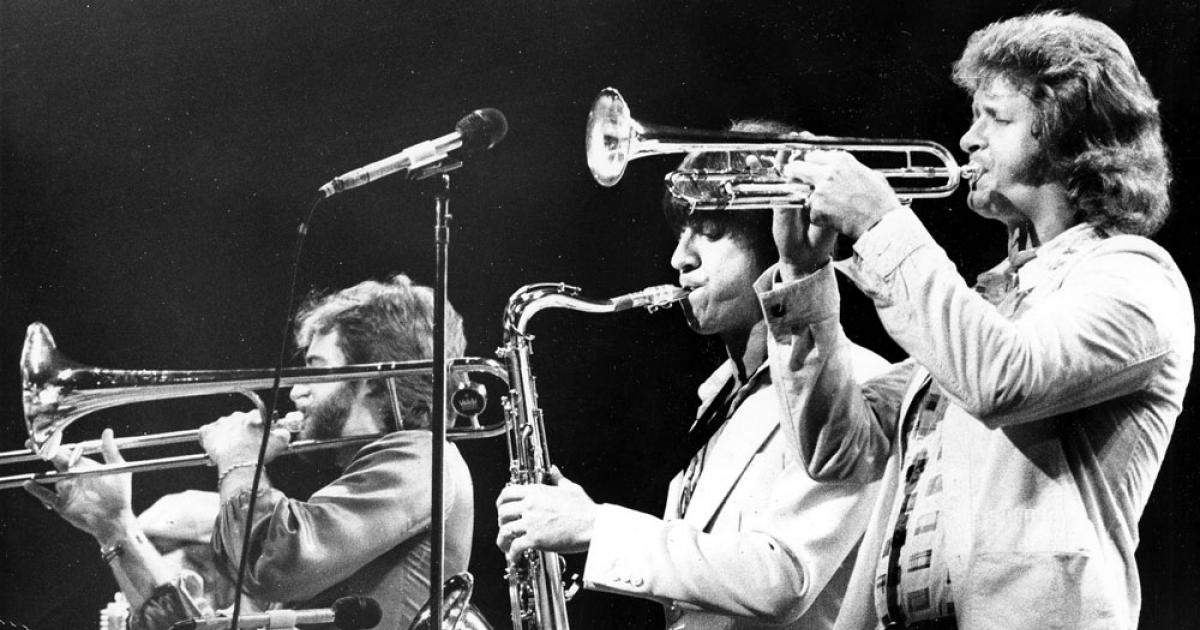Chicago VII Songs Ranked
Chicago VII is the sixth studio album by American rock band Chicago and was released in 1974. It is notable for being their first double album of new material since 1971’s Chicago III, and remains their final studio release in that format. It features session percussionist Laudir de Oliveira who would become a full-fledged band member for the release of Chicago VIII the following year. The album was mixed and released in both stereo and quadraphonic. In 2002, Chicago VII was remastered and reissued on one CD by Rhino Records with one bonus track: an early rehearsal of Kath’s “Byblos”. Initial pressings of this edition contained an edited version of the track “Happy Man” that had appeared on Greatest Hits, Volume II, which omitted the “false start” and studio countdown heard on the original Chicago VII LP. Here are all of Chicago VII songs ranked.
Don’t miss out on the music of Chicago. Click below and listen to the timeless songs of Chicago.
10. Women Don’t Want to Love Me
“The song speeds up at the end to rush through the last 30 seconds, leading into “Women Don’t Want to Love Me.” This song has a funky blues rhythm and is a breakup song.”
9. Wishing You Were Here
“Wishing You Were Here” was ethereal and haunting well before that type of song was popular in rock. Chicago’s vocals are enhanced by the presence of the Dennis and Carl Wilson of the Beach Boys and Al Jardine. There is also an interesting synthesizer contribution to this song that helps provide an eerie aspect to the song’s ethereal air.”

See more: Chicago Albums Ranked
8. Song of the Evergreens
“Song of the Evergreens” is Terry Kath poetry. The lyrics are evocative and the complex music is rock. The repeated “snow” lyrics at the end of the song could be annoying, and yet they are not. Once again the music is catchy and tempts you to hum along.”
7. Mongonucleosis
“I have no idea what “Mongonucleosis” is about. The lyrics are “Que pe chesa” repeated. The music is Hispanic-styled and fast. This music is easy on the ear and fun, maintaining the optimistic tone of the album.”

6. Happy Man
“Happy Man” is a mellow pop love song from Peter Cetera. The pace is slower than the earlier songs, and yet the song is a celebration, with upbeat percussion and vocals.”
5. Hanky Panky
“The last instrumental composition, “Hanky Panky,” sets up the transition from the instrumental mini-suite to the first song of the album. “Hanky Panky” is a celebration of music and jazz and declares its enthusiasm for the music that came before and the music that comes after.”

See more: Chicago Songs Ranked
4. Devil’s Sweet
“Portions of this ten minute composition are introspective, allowing jazz noodling of a core musical theme. Certain portions remind me of some of King Crimson’s more experimental 70s work. The mixture of 50s retro style with Jazz and rock creates an interesting instrumental composition that requires multiple listens for full appreciation.”
3. Prelude to Aire
“Prelude to Aire” provides an initial indication of the flavor of the instrumentals with a strongly African influenced beat. If you liked Paul Simon’s “Graceland,” you should also like “Prelude to Aire.” “Aire” is a jazz instrumental with but a flavor of the introductory song.”

2. Italian From New York
“Italian from New York” fits well with the previous instrumentals. This instrumental begins with sound effects that are retro, yet modern. The sound effects are married to horns and later a funky guitar to create a fusion that is new and old, interesting and unique.”
1. Life Saver
“The vocals have a Beatle’s style when they open, and “Life Saver’s” peppy beat sets the optimistic tone for the music of this CD. “Life Saver,” a classic slice of Lamm driven by his own pounding acoustic and electric pianos, plus a fine vocal turn that startles a bit, simply because by this point we’ve spent nearly half an hour without hearing the human voice.”

